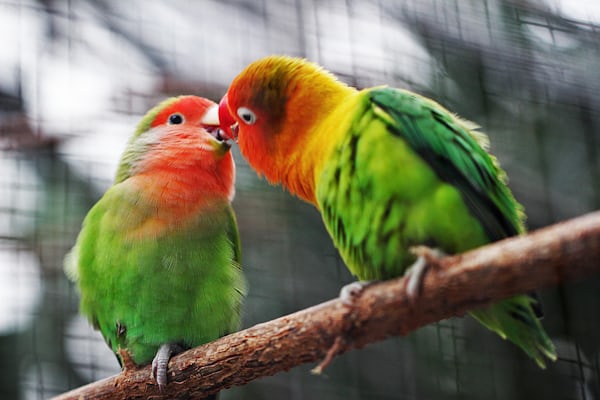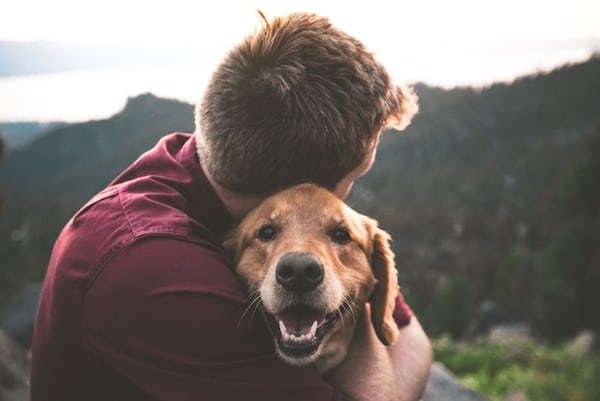
Lots of people love birds. Some love them so much that they cannot contain themselves from having one or more as a pet. Keeping them close makes life more colorful. Literally and figurative. After the owner and animal get used to each other and all the bird supplies are acquired, people usually start thinking about teaching them tricks. This is a lovely feat that a bird can do. They can solve puzzles, do dances or even something as unbelievable as talking. There are no shortcuts when learning these new skills but things such as parrot toys or treats can sure help speed up the process.
Make Sure to Have All the Bird Supplies Needed
You will always need to have all the bird supplies needed at hand. When you are trying to teach a bird new tricks it can feel very demanding for it. She needs to always be satisfied with is food. You should formulate a diet plan a stick to it at least for a while. Do not make sudden changes without taking notice of the animal's reactions. If they seem positive, keep it going, if not, stop and try another diet. You have lots of options to serve your lovely companion. Food pellets are the safest and easiest way to go. Those cannot go wrong but diversity is needed. Other great choices are fresh of dehydrated fruits and vegetables, nuts, beans and rice. The big “no” will always be onions, alcohol, avocado, and chocolate. All these are toxic to birds.
The second most important thing (arguably) is the cage. When searching for bird supplies go and but the biggest you can afford and fit inside your house. A basic estimation should be at least the size of their fully extended wings. If you plan to have them live mainly inside the cage the reasons are obvious: they need space. Consider letting them live with you in your apartment. Some are very smart and can learn to behave really well. If you already have a well-behaved bird and want to get a new one as well, it will probably learn faster from the one that is already educated.
Other important things to have:
• Wide water bowls – no need to have them crowded. They won’t know how to take turns drinking water if there’s more than just one
• A hiding place – just like humans, birds will enjoy a small amount of privacy. They will fill a safe haven inside their hiding place because otherwise, they are always on display to the outside world.
• Cage liners – just some paper towels, newspapers or other similar things should suffice.
Stimulate With Parrot Toys and Other Things
When there is absolutely nothing missing for the bird it is time to start learning. Both the bird and the owner will receive great pleasure from this experience. Birds will fill good, especially if you will stimulate them with treats or parrot toys when excellent behavior is displayed. If you have more than one bird around, keeping them concentrated on you or learning tricks will be hard, but having just one will make the relationship closer.
After you choose the trick you want it to do, repetition will be key. Create a daily schedule for training and maintain it. The bird is sure to learn sooner or later, but remember to be patient and reward good tries with parrot toys or other attractive things for the bird. Here are some examples of great tricks to try and teach your winged pet (in estimative order of difficulty):
• Waving – this is a great first trick as the birds already know all the movements. They use them all the time. You just have to teach it timing. Ask your bird to “wave” with your voice then offer your finger for her to move on. When it tries to do so remove it slowly so the parrot will remain with its foot in the air. When he does so tell him kindly how well he did. After lots of tries, he will do this action only at the sound of “wave”.
• Take a bow – for this, you need to have a treat in your hand and move it accordingly to the wished position while saying the words “take a bow”. The bird should follow and after a certain amount of repetitions, the bird should understand the command without a treat.
• Turn Around – same concept as with “take a bow”.
• and many others.
Teaching it to Speak

This might sound crazy but this requires the most common effort. First of all, make sure your bird’s species is able to talk. After that make a daily habit of speaking to it in a calm and easy to understand tone. Choose very simple words such as “hello” or “love” and repeat them 20-30 times to them for a few sessions a day. Keep this up for a while and one day you just might be surprised. Make sure to reward the lovely creature when it succeeds.